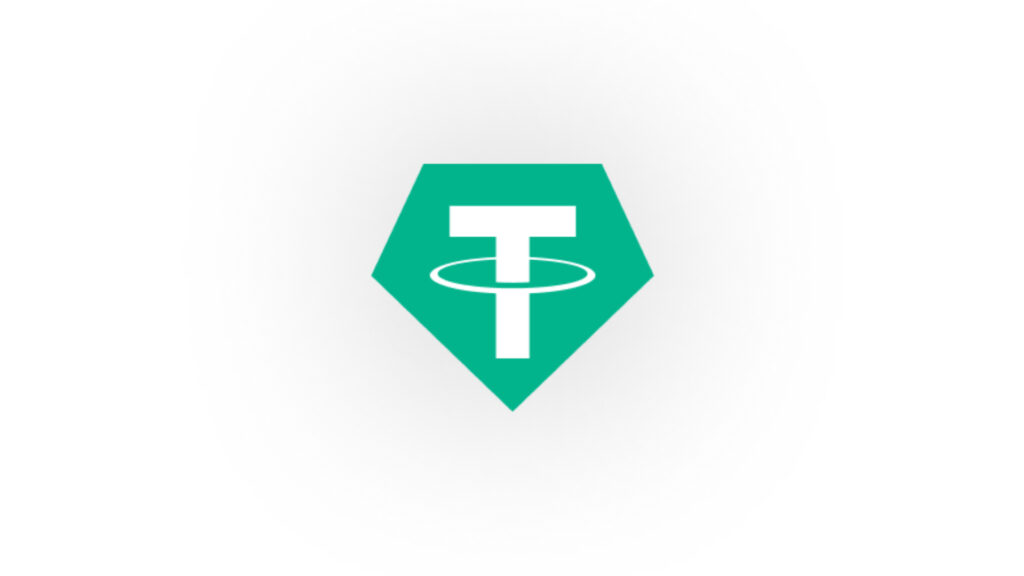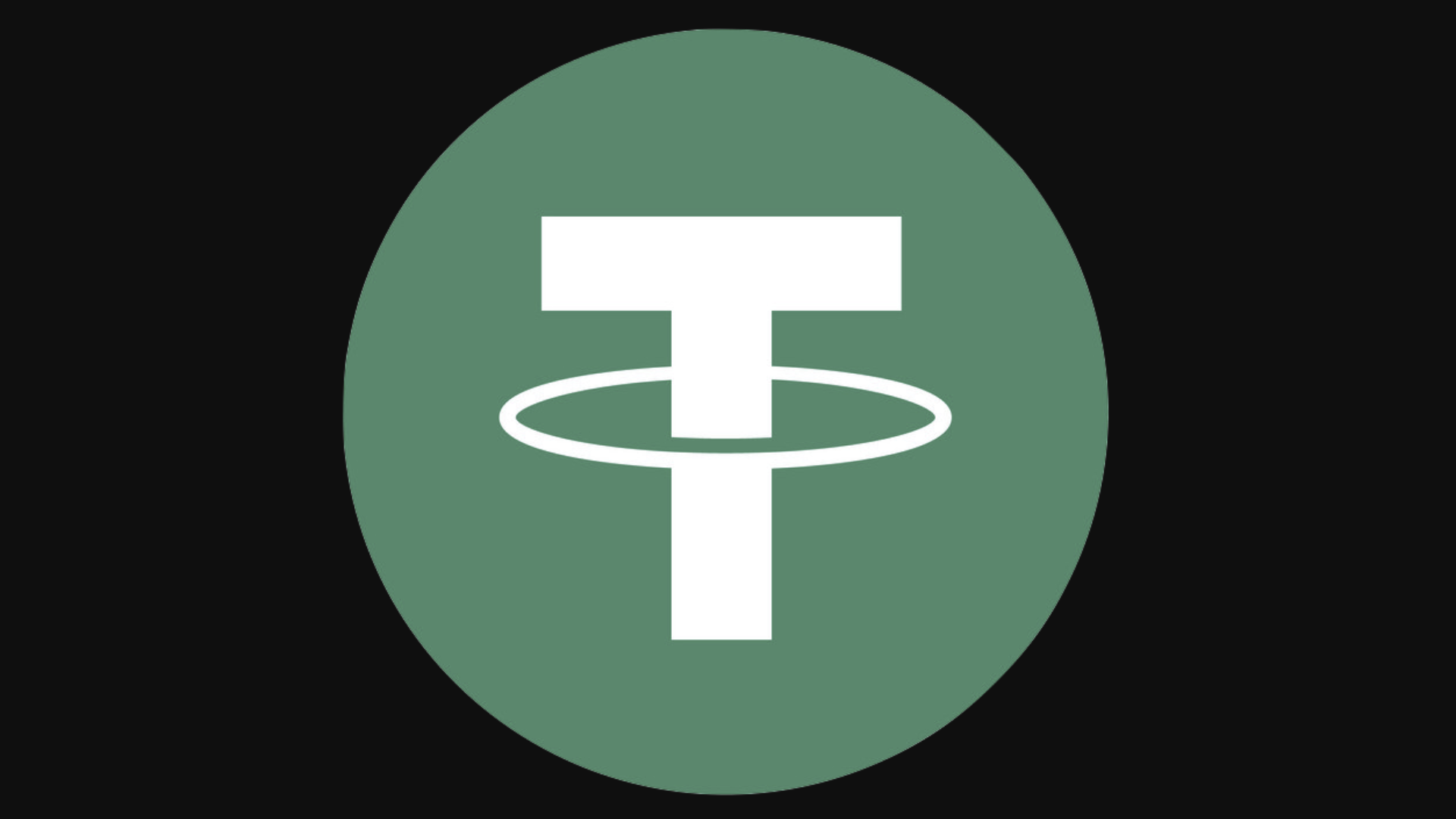After the intense Tether controversy, stablecoins continue to be criticized. The US Treasury believes that these increasingly popular “stable” cryptocurrencies need to be regulated much more firmly.
This is a final report from the Treasury Department, the US Federal Reserve and other US regulators on stablecoins. According to them, these so-called “stable” cryptocurrencies pose a significant financial risk to the United States and must therefore be regulated very firmly. But why are the US so worried about these cryptocurrencies?
As their name suggests, stablecoins have a much lower volatility than that of traditional cryptocurrencies, such as bitcoin or ether. The value of these “stable” crypto is backed by another price, often that of a fiat currency (dollar, euro, etc.) or that of a metal (gold, etc.). The price of stablecoins will therefore vary, but in a normally much more measured way than that of conventional cryptocurrency prices.
However, the US is worried about the very important place that stablecoins now occupy. These cryptocurrencies are indeed more and more used, because they make the processes of buying and selling cryptocurrency more fluid. Instead of converting their cryptocurrencies into dollars or euros, investors can choose to convert them into stablecoins backed by these currencies to put their earnings “under cover”. The process is faster and easier. In addition, this prevents investors from having to declare their capital gains and losses (they will only have to do so during the year in which they convert their stablecoins into fiat currency).

Fear of panic movements
These advantages have seduced and allowed stablecoins to develop very strongly: this market now weighs more than 110 billion euros. But this rapid growth worries the American authorities. Stablecoins are currently not at all as strictly regulated as banking institutions can be. The US Treasury judges that if stablecoins got into trouble, it could create significant collateral damage.
The US authorities are particularly worried about the risk that one or more issuers of stablecoins lose the trust of users, leading them to want to resell them en masse. ” If issuers are unable to redeem their stablecoins when their customers request it, or if users are questioning their ability to do so, the concern could lead a massive number of users to want to sell their stablecoins. stablecoins, which could harm other people and the financial system more generally ”, thus details the report. US regulators are particularly concerned that such panic movements will spread from one stablecoin to another and generate a problematic domino effect.
The Tether controversy in the background
Clearly, the Tether affair was still alive in the minds of the authors of this report. Tether is the most popular stablecoin in the industry (there are now 69 billion in circulation). However, this celebrity recently led the American agency responsible for regulating the stock exchanges (the CFTC) to take a closer look at the company that issues it in order to verify its reliability. And in doing so, she realized that Tether had misleadingly communicated about how it worked. The Tether issuer promised users that for every USD Tether in circulation, it had one United States dollar (USD) in reserve in its own bank accounts. In fact, the CFTC revealed, Tether’s reserves were ” not guaranteed most of the time ».
In its press release, the CFTC specifies that Tether held enough fiduciary reserves to guarantee its tokens for only 27.6% of the time, over the 26-month period studied between 2016 and 2018. ” Contrary to what was claimed, Tether did not hold all of its USDT token reserves in US dollars: it relied on unregulated entities and third parties to hold part of its reserves. She also had a portion of her stash in common with Bitfinex (nldr: a crypto trading platform) ”, reveals the agency, specifying that part of Tether’s reserves came, moreover, from non-fiduciary financial products.
Regulate stablecoin issuers like banks
In this tense context, US regulators are calling for stablecoins to be regulated much more firmly than they are now. They also go quite far in their thinking since they ask that the institutions authorized to issue stablecoins be supervised in the same way as banks, with the obligation to have a certain level of reserves and supervision of the reserve. United States Federal (FED).
It is not certain that the US Congress will agree on such measures. Regulators have a second option up their sleeve, however: the US Treasury’s Financial Stability Supervisory Board could assess the threat posed by certain stablecoins – with new rules in place where appropriate. Note that the US authorities also suggest not to allow tech giants to issue stablecoins. As Bloomberg points out, this recommendation may upset Mark Zuckerberg, the CEO of Meta (Facebook, WhatsApp, etc.) indeed considering launching a stablecoin-type crypto called Diem.


